Canada is simply a land of breathtaking natural beauty, diverse landscapes, and endless wilderness. But it is known for its immense size. Spanning from the Atlantic Ocean in the east to the Pacific Ocean in the west, Canada covers a staggering expanse of land. In this article, we’ll explore just how wide the country is and gain a deeper understanding of its vast dimensions.
A Brief History of Canada
The country’s history is an amalgamation of Indigenous peoples’ ancient traditions and the more recent European exploration and colonization.
Indigenous Peoples’ Legacy
Canada’s history extends thousands of years before any European contact. Indigenous peoples, including the First Nations, Inuit, and Métis, have inhabited the land for generations, each with unique cultures, languages, and traditions.
The fur trade, driven by demand for beaver pelts, resulted in early contact between Indigenous peoples and European settlers. This trade also shaped the region’s economic landscape and led to the establishment of trading posts.
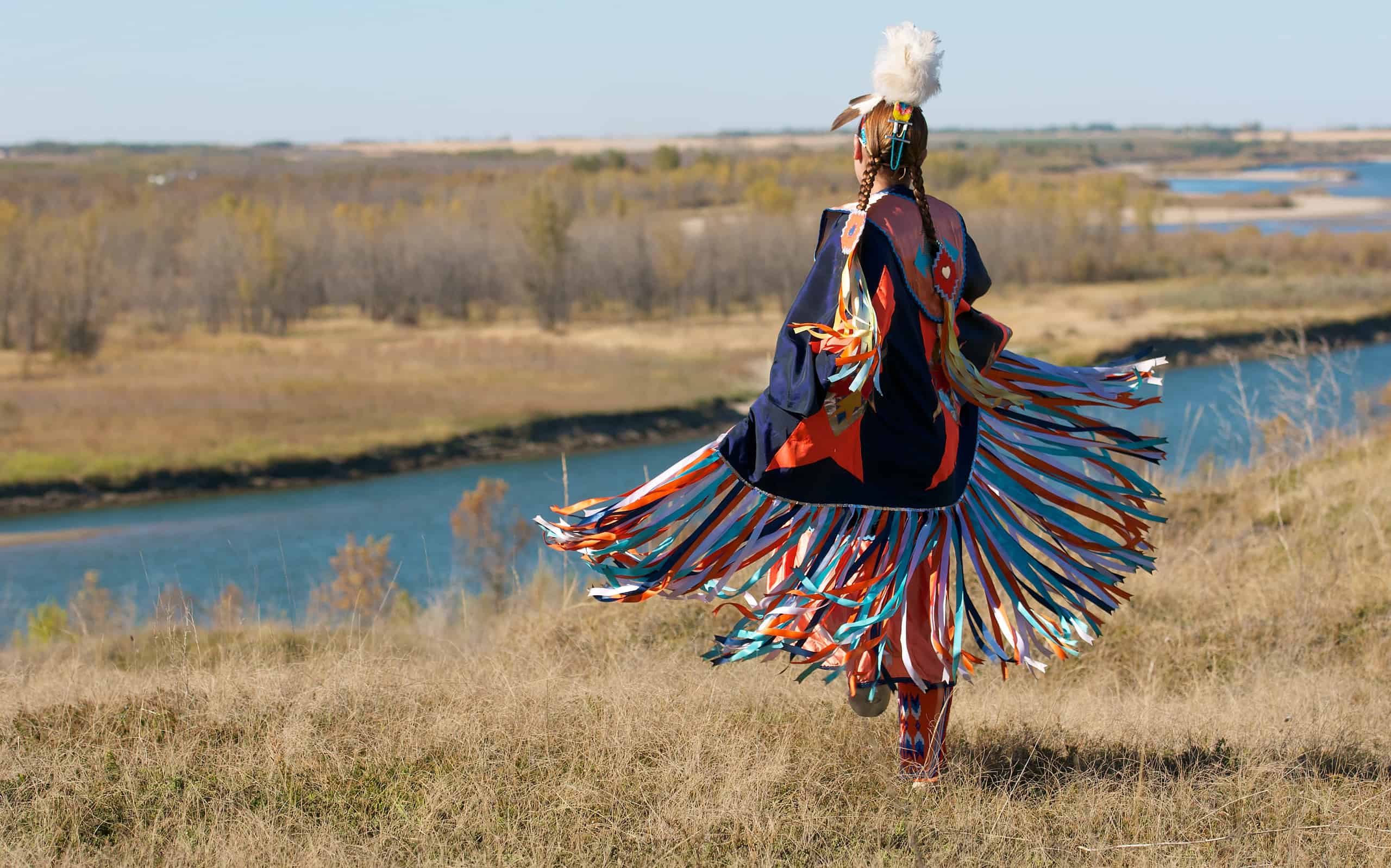
First Nations Women performing a Fancy Shawl Dance in a grass field with a river background
©NinaHenry/iStock via Getty Images
European Exploration and Colonization
Long before Christopher Columbus, Viking explorers like Leif Erikson visited the Canadian coast around the year 1000 AD. L’Anse aux Meadows in Newfoundland also provides evidence of their presence.
European explorers, including John Cabot, Jacques Cartier, and Samuel de Champlain, mapped and claimed parts of Canada for their respective countries. The French, British, and Dutch were also among the earliest European settlers.
The 17th and 18th centuries saw the expansion of the fur trade, led by companies like the Hudson’s Bay Company and the North West Company. Fur trading posts, such as Fort Vancouver, also played a significant role in shaping Canadian geography.

Canada and European Union flag together realtions textile cloth fabric texture
©Oleksii Liskonih/iStock via Getty Images
Confederation and Nationhood
In 1867, the British North America Act (now known as the Constitution Act) united three British North American colonies—Canada (Ontario and Quebec), New Brunswick, and Nova Scotia—into the Dominion of Canada. This act laid the foundation for Canada as a self-governing nation within the British Empire.
Canada continued to expand westward throughout the late 19th century, incorporating the Prairie provinces as well as British Columbia into the federation.
Canada also played a significant role in both World Wars and emerged as a respected international peacekeeper. Its contributions to the Allied efforts also earned it a respected position on the global stage.

Quebec City skyline with Chateau Frontenac at sunset viewed from hill
©Songquan Deng/iStock via Getty Images
Modern Canada
In the 20th century, the country welcomed additional provinces and territories, including Newfoundland and Labrador, Nunavut, and the Yukon, expanding its territorial reach.
The country’s history also includes significant social and cultural transformations. The Quiet Revolution in Quebec, the development of multiculturalism, and the evolving relationship with Indigenous peoples have also shaped the country’s identity.
Finally, Canada achieved legislative independence from the United Kingdom with the passage of the Canada Act in 1982, which included the Constitution Act. This marked a significant step toward full sovereignty.
Today, Canada is a vibrant and diverse nation, known for its multiculturalism, natural beauty, and strong commitment to human rights and social welfare. Its history reflects the resilience of Indigenous cultures, the impact of European exploration and colonization, and the journey toward becoming a sovereign and inclusive nation.

Canada flag pole waving in the wind under beautiful blue sky and clouds wallpaper. Canadian national red maple leaf symbol.
©Jordan Feeg/iStock via Getty Images
How Wide Is Canada?
The width of Canada is a remarkable aspect of its geography and shows how huge and diverse the country really is. Let us delve deeper into the width of Canada and explore what makes it such a remarkable country.
The Extent of Canada’s Width
Canada’s width stretches across approximately 4,634 kilometers (2,875 miles) from the easternmost point at Cape Spear, Newfoundland and Labrador, to the westernmost point on Vancouver Island, British Columbia. This east-west span covers the whole width of the North American continent and results in Canada’s status as the second-largest country in the world by land area.
Provincial and Territorial Widths
To grasp the country’s width more comprehensively, it’s essential to consider the varying widths of its provinces and territories.
Newfoundland and Labrador
As the easternmost province, Newfoundland and Labrador form the farthest eastern point of Canada. The island of Newfoundland, where Cape Spear is located, is famous for its rugged coastlines and rich maritime history.
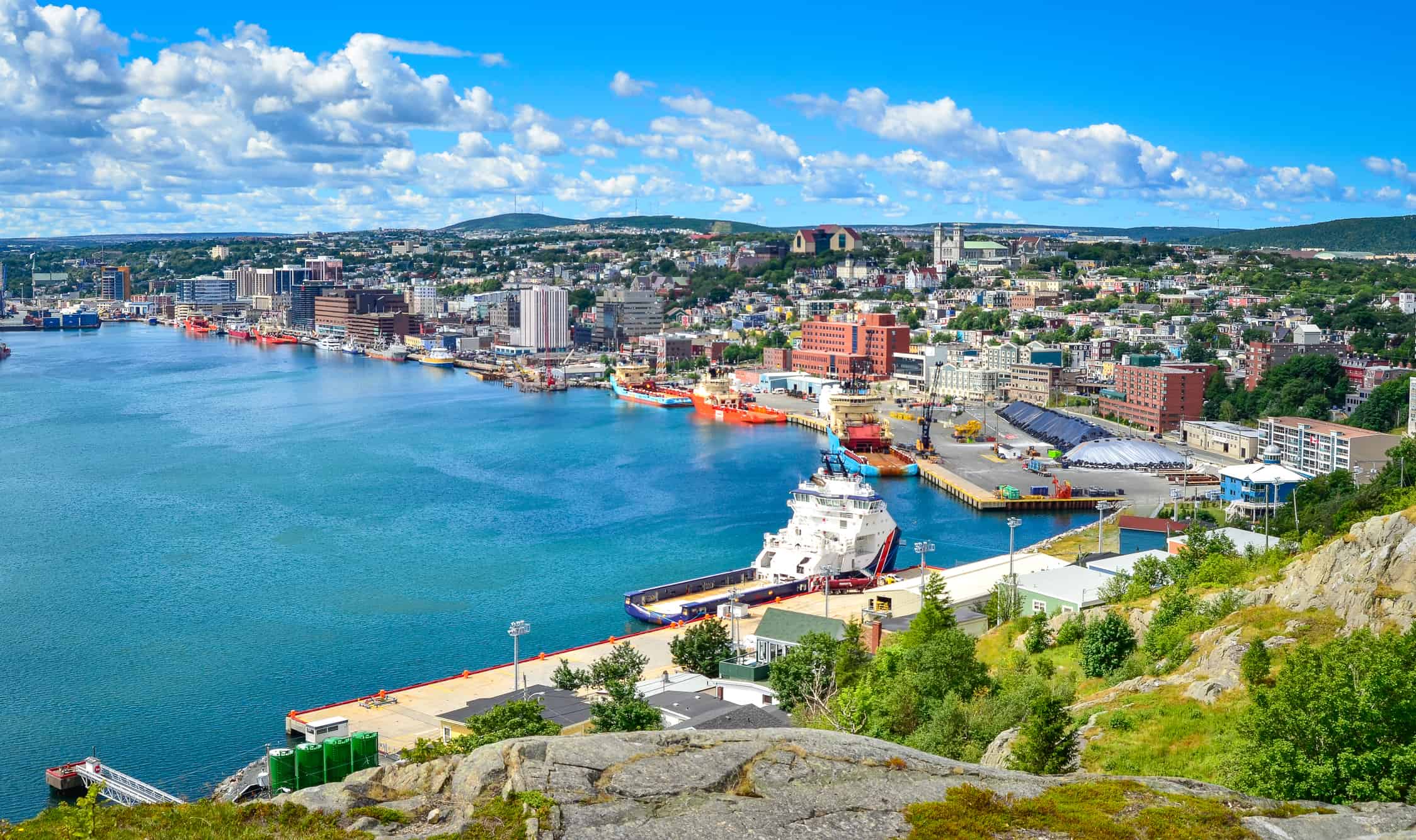
St John’s Harbour in Newfoundland Canada. Panoramic view, Warm summer day in August.
©Kyle Bedell/iStock via Getty Images
Quebec
As the largest province by land area, Quebec covers a substantial portion of Canada. It spans from the Atlantic Ocean to the border with Ontario, encompassing diverse landscapes, including the Laurentian Mountains and the St. Lawrence River.
Ontario
Situated in the central part of Canada, Ontario is the most populous province. It extends from Quebec to Manitoba, including the Great Lakes, vast forests, as well as the Canadian Shield.
Manitoba
As the easternmost prairie province, Manitoba contributes to Canada’s width by extending from Ontario to the province of Saskatchewan. The province is also known for its fertile farmland and diverse ecosystems.
Saskatchewan
Located in the heart of the prairies, Saskatchewan is a part of Canada’s westward expanse. Its landscape includes vast plains, rolling hills, and extensive agricultural regions.

Two male plains bison on the prairie in Grasslands National Park, Saskatchewan, Canada
©James_Gabbert/iStock via Getty Images
Alberta
Alberta, known for its stunning Rocky Mountains, extends from Saskatchewan to the foothills of the Canadian Rockies. It also forms the easternmost part of the mountainous terrain that spans several provinces.
British Columbia
As the westernmost province, British Columbia occupies a significant portion of Canada. It stretches from the Alberta border to the Pacific Ocean, containing the coastal rainforests and mountain ranges.
Geographic Diversity
Therefore, Canada’s remarkable width contributes to its diverse geography, encompassing a wide range of landscapes and ecosystems.
The eastern provinces, including Newfoundland and Labrador, Nova Scotia, New Brunswick, and Prince Edward Island, have rugged coastlines, fishing communities, and historic lighthouses.
Meanwhile, the Canadian Shield is a vast geological region characterized by ancient rock formations, numerous lakes, and dense forests. It extends from Ontario to the Arctic Circle.
Manitoba, Saskatchewan, and parts of Alberta form the prairie provinces, known for their expansive farmlands, grasslands, and diverse wildlife.
Finally, British Columbia has the dramatic landscapes of the Rocky Mountains as well as the Coast Mountains, with towering peaks, alpine meadows, and clear, reflective lakes.
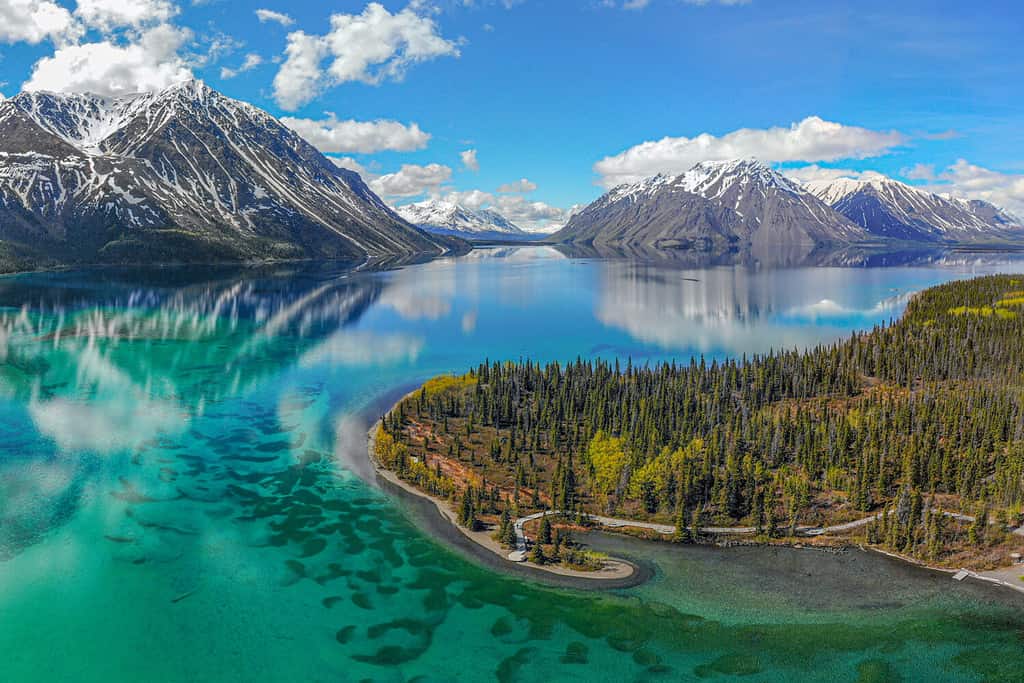
Aerial view of Kathleen Lake in northern Canada, Haines Junction, Yukon Territory on a perfect blue sky day. Taken in June with boreal forest surrounding the stunning lake below.
©Scalia Media/Shutterstock.com
The Impact of Canada’s Width
Canada’s size has a profound impact on various aspects of life in the country. The country’s vast east-west span contributes to significant climate variations within its borders, from the cold winters of the east to the milder coastal climates of the west.
The width of Canada has also allowed for the development of diverse regional cultures and traditions, which reflect the unique landscapes and histories of each province and territory. The diverse geography created by the country’s size has also led to the varied distribution of valuable natural resources, including minerals, timber, and freshwater.
Managing transportation infrastructure across such a wide country also presents unique challenges, such as maintaining road networks, railways, and air travel connections.
The Total Size of Canada
Acres
Canada’s total land area, when measured in acres, amounts to an astonishing 2,468,995,200 acres. This immense acreage encompasses a wide range of landscapes, including forests, mountains, prairies, tundra, and freshwater lakes.
Square Miles
In terms of square miles, Canada covers approximately 3,854,083 square miles.
Square Kilometers
When expressed in square kilometers, Canada’s total area equates to roughly 9,984,670 square kilometers.
| Measurement | |
|---|---|
| Width of Canada (East-West) | Approximately 4,634 km (2,875 miles) |
| Total Land Area of Canada (square kilometres and square miles) | 9,984,670 square kilometers (3,854,083 square miles) |
| Total Land Area of Canada (acres) | 2,468,995,200 acres |
| Total Coastline Length of Canada | Approximately 202,080 kilometers (125,566 miles) |
How Canada Compares in Size to Other Countries
To gain a better perspective on just how immense Canada is, let us compare its size to other countries around the globe.
Russia
Russia is the largest country on Earth by land area, covering approximately 17,125,191 square kilometers. While Canada is the second-largest, it’s important to note that Russia’s land area is significantly larger, making it the undisputed giant.
United States
Canada’s southern neighbor, the United States, is the third-largest country by land area, covering about 9,629,091 square kilometers. The United States and Canada share a border that stretches over 8,891 kilometers (5,525 miles), forming the longest international land boundary in the world.
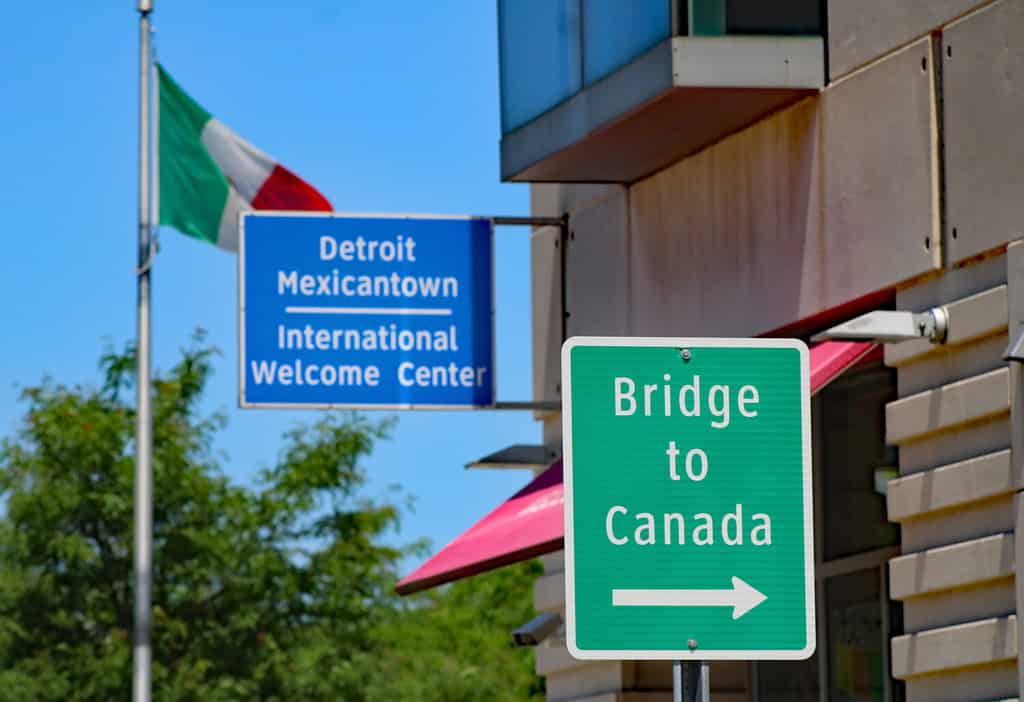
Mexicantown Welcome Center sign in Detroit, Michigan/Wayne County/United States. Taken July 17, 2020 near the US/Canada border.
©MichaelAnthonyPhotos/Shutterstock.com
China
China ranks as the fourth-largest country in the world, covering around 9,596,961 square kilometers. While Canada’s land area is substantial, China’s size is comparable, although slightly smaller.
Brazil
Brazil ranks as the fifth-largest country by land area, with a total of approximately 8,515,767 square kilometers. While Canada is larger in terms of land area, Brazil is renowned for its diverse ecosystems and the Amazon rainforest, which is a critical component of the Earth’s biodiversity.
Australia
Australia is the sixth-largest country by land area, covering about 7,692,024 square kilometers. Canada’s size surpasses that of Australia. However, each country has its own unique landscapes and natural wonders.
India
India, the world’s most populous country, covers approximately 3,287,263 square kilometers, making it the seventh-largest by land area. While India’s population density is high, its land area is significantly smaller than that of Canada, which is about three times its size.
Argentina
Argentina ranks eighth in terms of land area, spanning about 2,780,400 square kilometers. Canada’s vastness dwarfs that of Argentina, with a much larger and more diverse geographic footprint.
Kazakhstan
Kazakhstan, the world’s largest landlocked country, has a land area of approximately 2,724,900 square kilometers. While it’s one of the largest nations by land area, Canada’s size surpasses that of Kazakhstan and it is more than three times bigger than Kazakhstan.
Algeria
Algeria, the largest country in Africa, covers around 2,381,741 square kilometers. Canada’s land area far exceeds that of Algeria, and it is almost four times larger than the largest country in Africa.
Greenland
While not a sovereign country, Greenland, an autonomous territory of Denmark, is approximately 2,166,086 square kilometers in size. Canada’s size is more than four times larger than that of Greenland.
Some Fun Facts About Canada
Here are fifteen fun and fascinating facts about Canada:
World’s Second-Largest Country
Canada is the second-largest country in the world by land area, covering nearly 10 million square kilometers, making it even larger than Europe.
Bilingual Nation
Canada is officially bilingual, with both English and French recognized as official languages. This reflects the country’s rich cultural heritage and history.
Lakes Galore
Canada has more lakes than any other country globally. In fact, it is estimated to have over 2 million lakes, including the iconic Great Lakes.
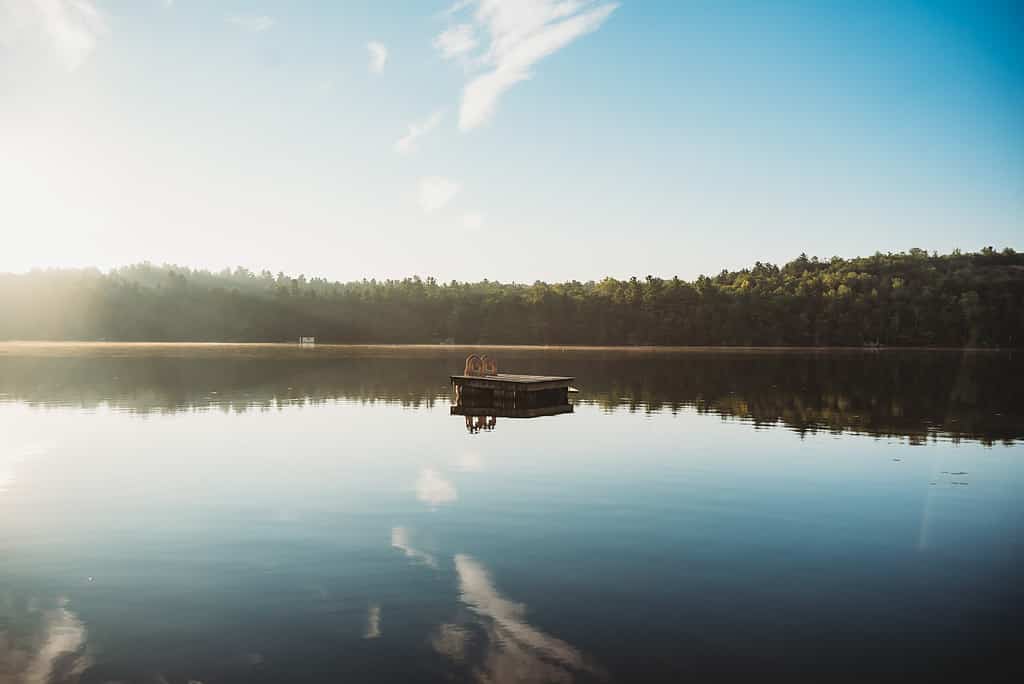
Swim platform floating on a calm lake on a sunny summer morning. in Buck Lake, Ontario, Canada
©Cavan Images/iStock via Getty Images
The Northernmost Permanent Settlement
Alert, a small military base on Ellesmere Island in Nunavut, is the northernmost permanently inhabited settlement in the world.
Longest Coastline
Canada’s coastline stretches over 202,080 kilometers, making it the country with the longest coastline in the world.
Wildlife Haven
Canada is home to a diverse range of wildlife, including polar bears, moose and beavers. It is also a crucial habitat for many bird species, making it a birdwatcher’s paradise.
Maple Syrup Capital
Canada produces over 71% of the world’s maple syrup. Quebec, in particular, is renowned for its high-quality maple syrup production.

Maple Syrup being poured into a small bottle for tea table. Grade: Canada No. 1 light maple syrup, organic.
©Jun Zhang/iStock via Getty Images
Iceberg Alley
The waters off the coast of Newfoundland and Labrador are known as “Iceberg Alley” due to the number of icebergs that drift down from the Arctic each year.
Banff National Park
Located in Alberta, Banff National Park is not only Canada’s first national park but also the world’s third-oldest national park.
Home of the Beaver
The beaver, a national symbol of Canada, is also the country’s official emblem. It is featured on the five-cent coin, known as the “nickel.”
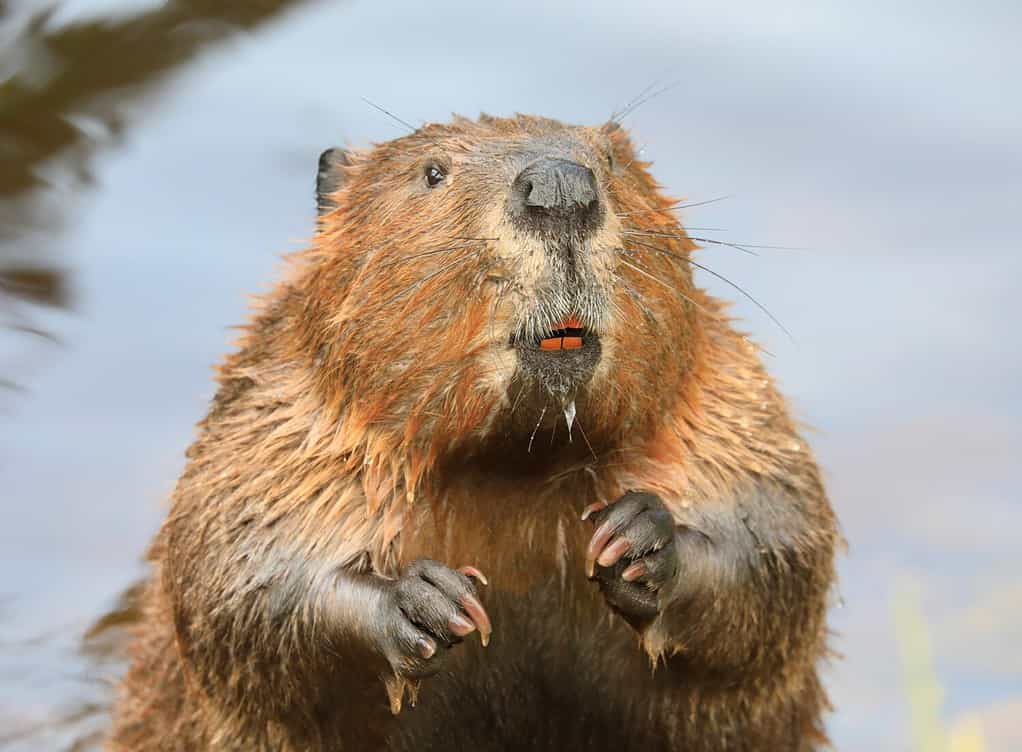
A close up portrait view of an North American beaver in Quebec, Canada.
©Vlad G/Shutterstock.com
Multiculturalism
Canada prides itself on its multiculturalism. Toronto, the country’s largest city, is often called the most culturally diverse city globally, with over 200 ethnic groups and 140 languages spoken.
The World’s Largest Island within a Lake
Manitoulin Island, situated in Lake Huron, is not only the world’s largest freshwater island within a lake but also the world’s largest lake island.
The CN Tower
Toronto’s iconic CN Tower held the title of the world’s tallest freestanding structure for over three decades. It is still one of the tallest towers globally. It has a glass floor on one of its top floors that make you feel like you are hovering on top of the city.
Peacekeeping
Canada is also very renowned for its peacekeeping efforts and has contributed to numerous international peace missions under the United Nations.
Unique Coins
Finally, Canada is known for its colorful and innovative currency. The country introduced the world’s first colored coin in 2004, featuring a red poppy flower.
Final Thoughts
As one of the largest countries on Earth, Canada has a unique place on the global stage, embodying the spirit of exploration, inclusivity, and natural wonder. Its size only makes it more diverse and beautiful.
Thank you for reading! Have some feedback for us? Contact the AZ Animals editorial team.







